Pont du Gard in 3D photography
Anaglyph images of the Roman aqueduct of Nîmes (France)
Complementary color anaglyphs employ one of a pair of complementary color filters for each eye. The most common color filters used are red and cyan.
Employing tristimulus theory, the eye is sensitive to three primary colors, red, green, and blue. The red filter admits only red, while the cyan filter blocks red,
passing blue and green (the combination of blue and green is perceived as cyan). If a paper viewer containing red and cyan filters is folded so that light
passes through both, the image will appear black. Another recently introduced form employs blue and yellow filters (yellow is the color perceived when both
red and green light passes through the filter).
Anaglyph images have seen a recent resurgence because of the presentation of images on the Internet. Where traditionally, this has been a largely
black & white format, recent digital camera and processing advances have brought very acceptable color images to the internet and DVD field. With the
online availability of low cost paper glasses with improved red-cyan filters, and plastic framed glasses of increasing quality, the field of 3D imaging is
growing quickly. Scientific images, where depth perception is useful, include the presentation of complex multi-dimensional data sets and stereographic
images from (for example) the surface of Mars, but, because of the recent release of 3D DVDs, they are more commonly being used for entertainment.
Anaglyph images are much easier to view than either parallel sighting or crossed eye stereograms, although these types do offer more bright and accurate
color rendering, most particularly in the red component, which is commonly muted or desaturated with even the best color anaglyphs. A compensating
technique, commonly known as Anachrome, uses a slightly more transparent cyan filter in the patented glasses associated with the technique. Processing
reconfigures the typical anaglyph image to have less parallax to obtain a more useful image when viewed without filters.
from Wikipedia, entry Stereoscopy
|
|
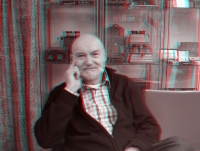 |
Stereophotographer Klaus Kemper (Germany) together with a part of his collection of photographica amoung which
about 30 stereocameras like the Rolleidoscop, a Realist, Kodak-Stereo, Belplasca etc. Since 5 years he is the owner of a set of two Sony P200 digital
cameras with which these photo's of the aqueduct of Nimes were made.
For more information please contact Klaus Kemper
© Klaus Kemper 2009-2010
|
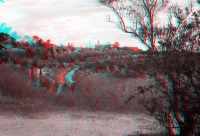 |
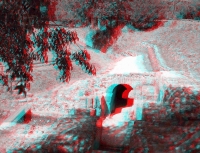 |
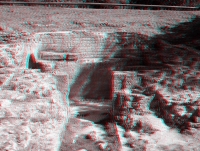 |
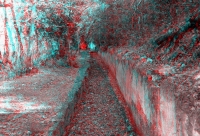 |
| View on the town of Uzès. In the valley in the foreground is the start - the so-calles Eure-spring - of the aqueduct of Nimes (57 km away). |
Regulation basin in de Val d'Eure. Note the opening to the left with grooves for planks to divert surplus water. View toward the source. |
Regulation basin. Surplus water could be diverted to the Gardon river by means of a double set of sluices. |
Channel between Le Moulin du Tournal and Le Mas de Préville. Major parts of the wall and the roof is missing. |
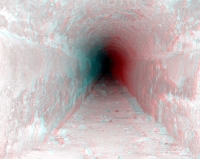 |
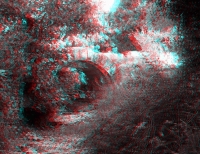 |
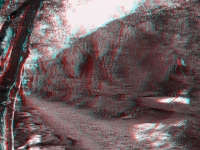 |
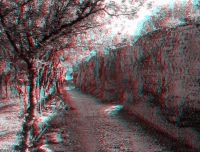 |
| A 35m long tunnel before the Bornègre bridge. The calcareous deposits (sinter) has been removed. |
View on the Bornègre bridge. To prevent damage the three arches were reinforced by upstream and downstream cut-waters (not visible). Here the aqueduct crossed a "gouffre", and the local population knows how temperamental this can be. |
Pont de la Lone starts close to Clos des Touillers. |
Pont de la Lone consists of two wall sections at the ends, a series of eight tall arches with buttressed pillars in the centre, 28 arches on the upstream side, and three on the downstream side without buttresses. |
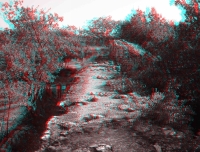 |
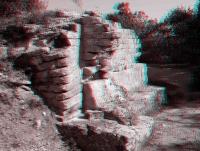 |
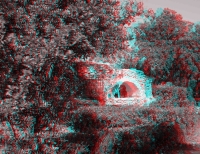 |
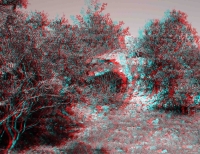 |
| Walking on top of the Pont de la Lone. |
A cutwater (?) structure in between the Pont de la Lone and the Pont Rou, near the route D981. |
A singel arch, part of an arcade. To raise an aqueduct channel substructures were used for levels up to 2 meters. Above that level series of arches / arcades were used. |
Where the downstream end of the Font-Ménestière bridge approaches the ground surface, a new bridge starts after a sharp curve: the Pont Rou, also writter as Pont Roupt. |
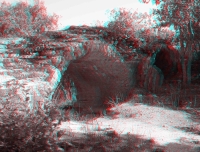 |
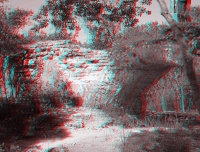 |
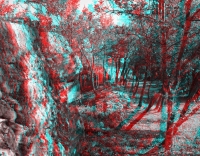 |
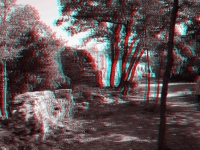 |
| Pont Rou, or Pont Roupt, means 'broken bridge' in Occitan. |
Pont Rou: the bridge is divided into three sections with slightly different directions, forming an open S-shape. The arcade consists of bridgehead walls and 37 arches of up to 7.5 m high. |
Pont Rou: the first upstream section has 14 arches with buttressed pillars set on ashlar masonry bases, like the La Lône arcade. |
Pont Rou: the central section has 13 arches, three of which have buttresses. The central part of the arcade gives the structure its name, since most of the pillars and arches have fallen onto the steep slope to the east. |
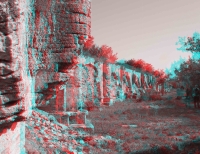 |
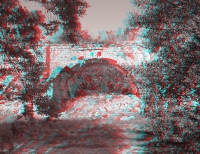 |
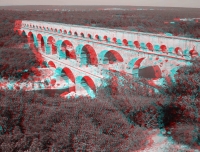 |
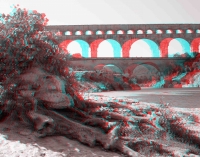 |
| Pont Rou: most of the pillars and arches have fallen onto the steep slope to the east, due to the unstable soil on which the arcade was built, as indicated by the fact that again many of the arches are walled up. |
Pont Rou: In most places the bridge is preserved up to the level of the floor of the channel. |
The Pont du Gard, the most important bridge along the Roman aqueduct which brought water from the Eure springs, nead Uzès, to the ancient city of Nimes. |
Pont du Gard: one of the most spectacular constructions built by the Romans, in opus quadratum, without any motar |
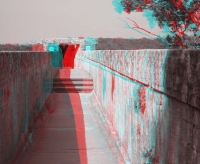 |
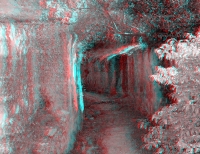 |
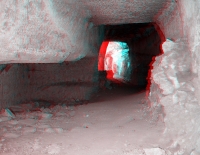 |
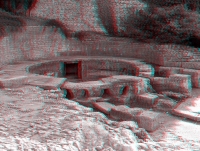 |
| View on the channel on top of the Pont du Gard, nowadays closed for the public. |
Entrance to one of the tunnels of Sernhac where marks on the walls provide evidence of ancient digging techniques. |
Inside the tunnels of Sernhac. Clearly can be seen that the surveyers made a mistake |
This Castellum Divisorium was the main distribution point in the city of Nimes (Nemausus in Roman times) for the aqueduct water which came through the square hole in the background. |
| |
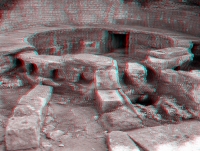 |
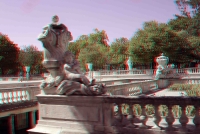 |
|
| |
The aqueduct water in this circular distribution point left the basin through ten holes originally fitted with lead pipes, which have since disappeared. |
Jardin de la Fonteine, designed by Pacques-Philippe Mareschal between 1745 and 1760, partly built on the ruins of an ancient nymphaeum. |
|


























